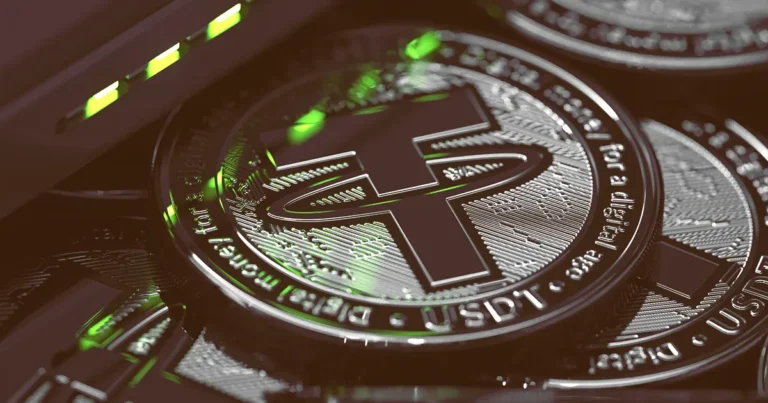29-5-2025 – Stablecoin payments are surging, with Tether’s USDT token reigning supreme, according to a comprehensive study by analytics firm Artemis, supported by investment powerhouses Dragonfly and Castle Island Ventures. The report, titled “Stablecoin Payments from the Ground Up,” delves into data from 31 companies and reveals that USDT commands a staggering 90 percent of transaction volume in this burgeoning sector. Trailing behind is Circle’s USDC, the second-largest stablecoin, while the Tron blockchain emerges as the go-to settlement network, facilitating roughly 60 percent of transactions, followed by Ethereum, Binance Smart Chain, and Polygon.
Stablecoins, digital tokens typically tethered to the U.S. dollar, have evolved far beyond their origins as a convenient holding pen for cryptocurrency traders. These cost-effective, instantaneous financial tools are now revolutionising payments across diverse sectors—spanning business-to-business (B2B), peer-to-peer (P2P), business-to-consumer (B2C), card payments, and lending. In February alone, the annualised volume of stablecoin payments reached an impressive $72.3 billion, underscoring their growing influence in global finance. Both cryptocurrency-native firms and major banks are optimistic about the vast potential of this market, which is rapidly reshaping how money moves.
Despite Circle’s ambitions to dominate cross-border payments and its recent filing for an initial public offering on the New York Stock Exchange, its USDC stablecoin has not captured the payments market as anticipated. Rob Hadick, general partner at Dragonfly, expressed surprise at this trend, noting that while Circle has gained ground in issuance, Tether’s dominance in payments—particularly on the Tron and Ethereum networks—is unmistakable. “The data from these 31 providers shows Tether’s outsized role in payments, far beyond what its issuance might suggest,” Hadick remarked in an interview.
This phenomenon is particularly pronounced in emerging markets like Argentina and Brazil, where Tether has become synonymous with reliable access to U.S. dollars. In regions wary of banking instability, Tether’s USDT is a trusted name, much like Uber is shorthand for ride-hailing in the U.S. Hadick highlighted that businesses, especially those managing global supply chains, are increasingly turning to stablecoins for cross-border transactions, from emerging markets to the U.S. and vice versa. The choice of blockchain matters little to these firms; Tron’s speed, affordability, and the presence of over $60 billion in USDT make it a natural fit. “In places like Argentina, people don’t talk about stablecoins—they talk about Tether,” Hadick observed, underscoring the brand’s remarkable foothold in the global payments landscape.f


